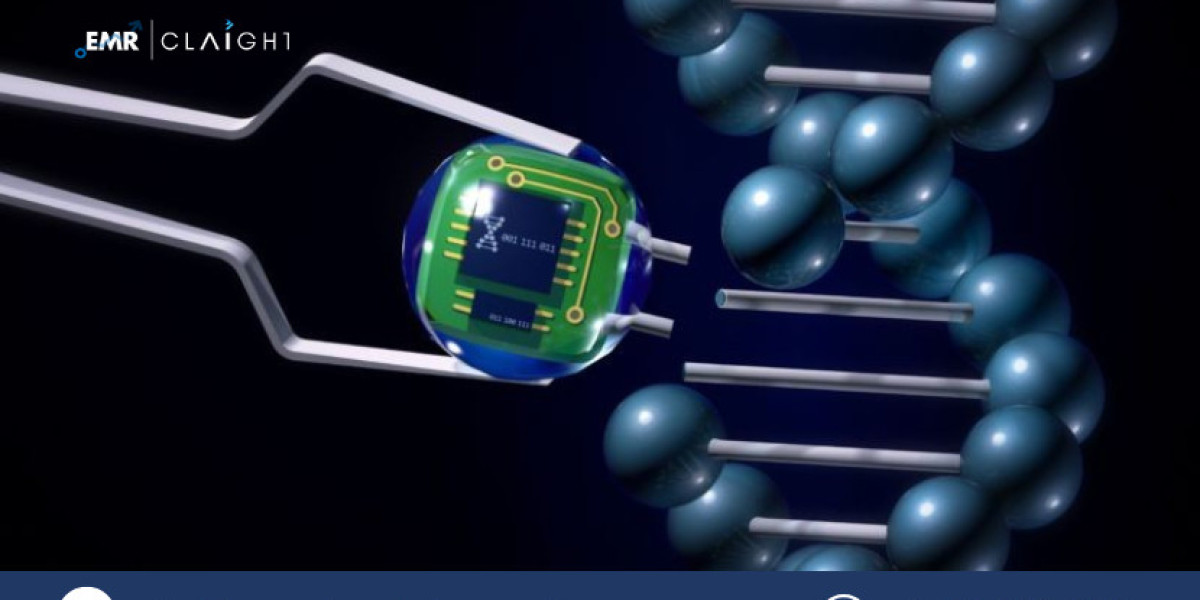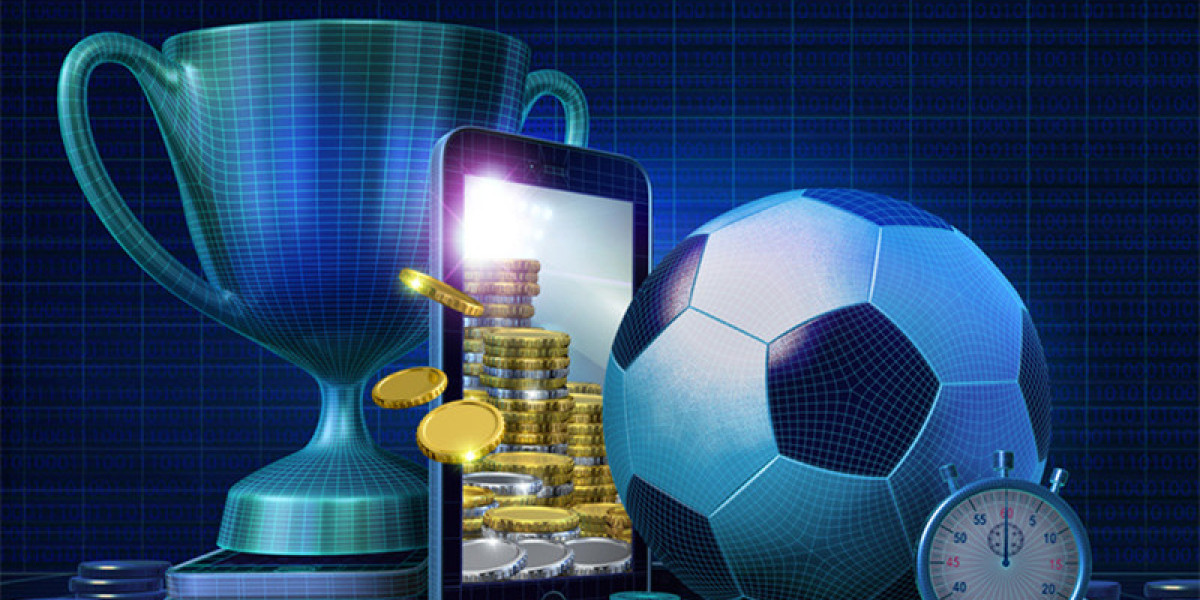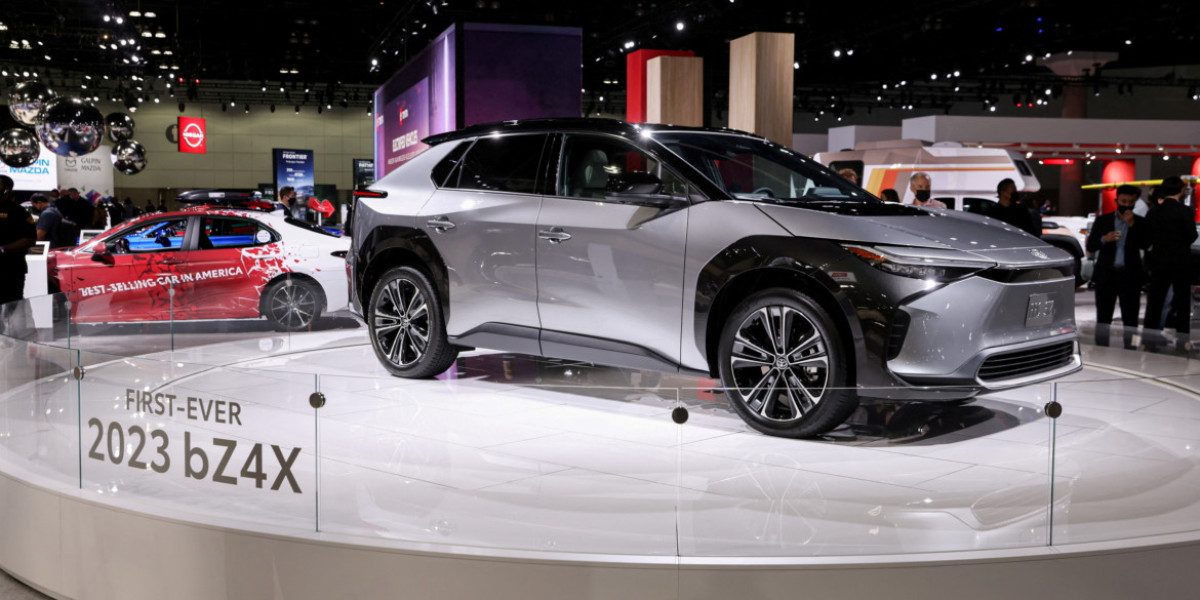Global Biosensors Market Overview
Biosensors have become an essential component of modern healthcare and biotechnology industries, offering real-time and accurate monitoring of biological processes. These sensors are widely used for disease detection, environmental monitoring, food safety, and bioterrorism threat detection. With the rising demand for point-of-care (POC) testing and advancements in wearable technology, the global biosensors market is witnessing substantial growth. The increasing prevalence of chronic diseases, coupled with technological innovations, is driving the adoption of biosensors worldwide.
Global Biosensors Market Size and Share
In 2024, the global biosensors market was valued at USD 7.98 billion, fueled by the growing demand for POC testing and home diagnostics. The market is expected to grow at a CAGR of 6.40% between 2025 and 2034, reaching approximately USD 14.84 billion by 2034. North America leads the market, followed by Europe and the Asia Pacific, due to strong healthcare infrastructure and research investments. Emerging economies are also adopting biosensors for diverse applications, including food safety and environmental monitoring.
Global Biosensors Market Trends
Rising Demand for Wearable Biosensors
Wearable biosensors have gained immense popularity, driven by increasing consumer demand for real-time health monitoring. Devices such as smartwatches and fitness bands with biosensors can track glucose levels, heart rate, and oxygen saturation, leading to better health management. These innovations are particularly beneficial for patients with chronic conditions such as diabetes and cardiovascular diseases.
Integration of Artificial Intelligence (AI) and IoT
The integration of biosensors with AI and the Internet of Things (IoT) has revolutionized healthcare monitoring. AI-powered biosensors can analyze vast amounts of biological data and predict potential health risks. Smart biosensors connected via IoT enable seamless data transfer to healthcare providers, ensuring timely intervention and personalized treatment.
Expanding Applications Beyond Healthcare
While biosensors are predominantly used in healthcare, their applications in environmental monitoring, food safety, and biodefense are expanding. Biosensors help in detecting contaminants in water, ensuring food quality, and identifying biological threats, making them crucial tools in non-medical industries.
Advances in Nanotechnology
Nanotechnology has significantly enhanced the sensitivity and efficiency of biosensors. Nanomaterials, such as carbon nanotubes and quantum dots, enable faster and more precise detection of biomarkers. These advancements have led to the development of miniaturized biosensors, paving the way for more portable and cost-effective diagnostic tools.
Request Your Complimentary Sample Report on the Global Biosensors Market
Global Biosensors Market Analysis
Increased Prevalence of Chronic Diseases
The rising cases of diabetes, cardiovascular disorders, and infectious diseases have fueled the demand for biosensors. The need for continuous monitoring and early disease detection has led to increased adoption, especially in home healthcare and point-of-care settings.
Government and Private Investments
Governments and private entities are investing in biosensor technology to improve healthcare infrastructure and research capabilities. Funding for biosensor-based diagnostics has increased significantly, supporting product innovation and commercialization.
Stringent Regulatory Frameworks
While biosensors offer great potential, regulatory challenges pose hurdles for market growth. Compliance with FDA and EU regulations ensures product safety and efficacy, but prolonged approval processes can delay market entry.
Rising Adoption in Emerging Economies
Developing nations in Asia Pacific and Latin America are increasingly adopting biosensors due to growing healthcare awareness, improved infrastructure, and cost-effective diagnostic solutions. These regions present significant opportunities for market expansion.
Scope of the Report
Historical and Forecast Trends
The report covers market performance from past years and provides forecasts for 2025-2034. It includes in-depth industry drivers and constraints affecting market dynamics.
Market Analysis by Segment
Breakup by Product
- Wearable
- Non-Wearable
Breakup by Technology
- Electrochemical
- Optical
- Piezoelectric
- Thermal Biosensor
- Nanomechanical
Breakup by Component
- Bioreceptor Molecule
- Biological Element
- Transducer
Breakup by Application
- POC
- Home Diagnostic
- Research Labs
- Environmental Monitoring
- Food and Beverages
- Biodefense
Breakup by End User
- Home Healthcare Diagnostics
- POC Testing
- Food Industry
- Research Laboratories
- Security and Biodefense
Regional Insights
North America and Europe
North America dominates the biosensors market due to its advanced healthcare infrastructure, strong research investments, and the presence of key market players. The United States and Canada lead in biosensor adoption, driven by high prevalence rates of chronic diseases. Europe follows closely, with countries like Germany, France, and the UK investing heavily in biosensor technology for healthcare and industrial applications.
Asia Pacific, Latin America, and the Middle East & Africa
The Asia Pacific region is witnessing rapid growth due to rising healthcare expenditure, increasing government initiatives, and growing awareness of self-diagnostics. Countries like China, India, and Japan are emerging as key markets. Meanwhile, Latin America and the Middle East & Africa are showing steady growth as biosensors become more accessible in remote and developing regions.
Global Biosensors Market Growth
Factors driving the biosensors market include technological advancements, increased funding in biosensor research, rising prevalence of chronic diseases, and expanding applications across industries. Future opportunities lie in nanotechnology-driven biosensors, AI-powered diagnostics, and increased penetration of biosensors in remote healthcare settings.
Recent Developments & Challenges
- Medtronic launched an advanced continuous glucose monitoring (CGM) sensor for diabetes patients, improving real-time glucose tracking.
- Abbott Laboratories received FDA approval for a new biosensor with enhanced accuracy for home-based diagnostics.
- Researchers developed a novel nano-biosensor capable of detecting cancer biomarkers in early stages.
- Stringent regulatory policies and high production costs continue to challenge biosensor manufacturers.
Key Players
AgaMatrix Holdings LLC
AgaMatrix specializes in glucose monitoring biosensors, offering innovative solutions for diabetes management. Their cutting-edge technology ensures accurate and affordable home diagnostics, making healthcare more accessible.
Abbott Laboratories Inc.
A global leader in biosensor technology, Abbott Laboratories has revolutionized continuous glucose monitoring and POC diagnostics. Their FDA-approved FreeStyle Libre series has set new standards for real-time glucose tracking.
Biosensors International Group, Ltd.
Known for its expertise in cardiovascular biosensors, Biosensors International focuses on advanced stent technology and diagnostic solutions. Their innovative products enhance precision in interventional cardiology.
Medtronic Inc.
Medtronic is a pioneer in implantable biosensors for diabetes and cardiovascular monitoring. Their commitment to innovation has led to the development of smart insulin pumps and neurostimulators.
Other Key Players
Other notable players include Bio-Rad Laboratories, Pinnacle Technologies, Ercon Inc., Dupont Biosensors Materials, Koninklijke Philips N.V., Qtl Biodetection LLC, Molecular Devices Corporation, Nova Biomedical, Molex LLC, Zimmer & Peacock AS, and Siemens Healthcare.
FAQs
1. What are biosensors used for?
Biosensors are used for medical diagnostics, environmental monitoring, food safety, and biodefense.
2. Which region leads the biosensors market?
North America holds the largest market share due to strong healthcare infrastructure and research investments.
3. What is the expected growth rate of the biosensors market?
The market is expected to grow at a CAGR of 6.40% from 2025 to 2034.
4. How is AI influencing the biosensors market?
AI enhances biosensors by improving data analysis, early disease detection, and personalized healthcare solutions.
Read Our Blog
Top 7 Spectrophotometer Companies in the Global Market - https://bitl.to/4B7y
Top 8 Viral Inactivation Firms: Global Market & Solutions 2025 - https://bitl.to/4B81








